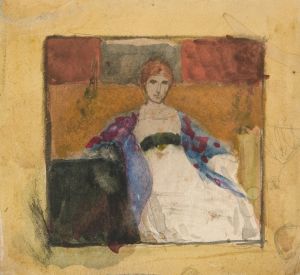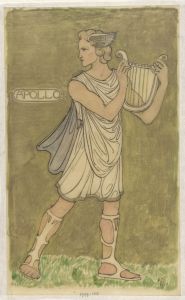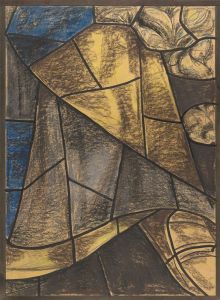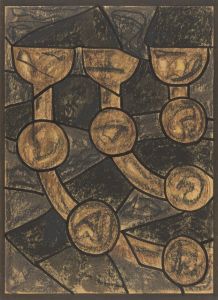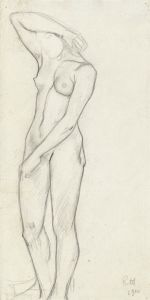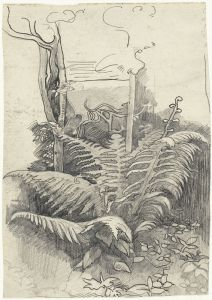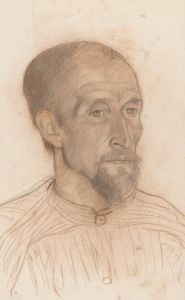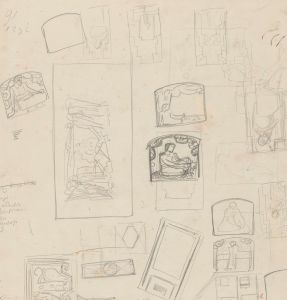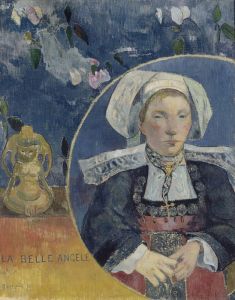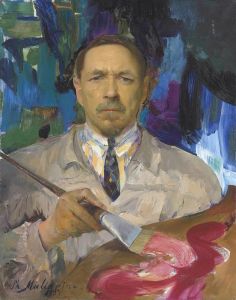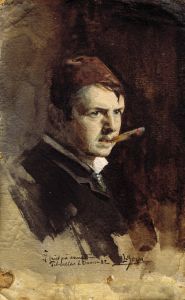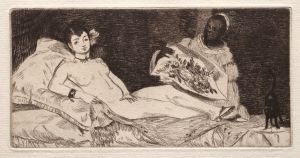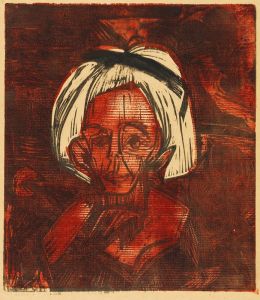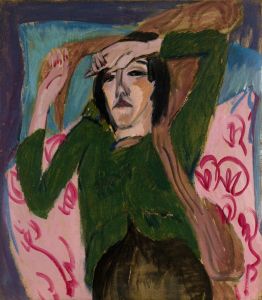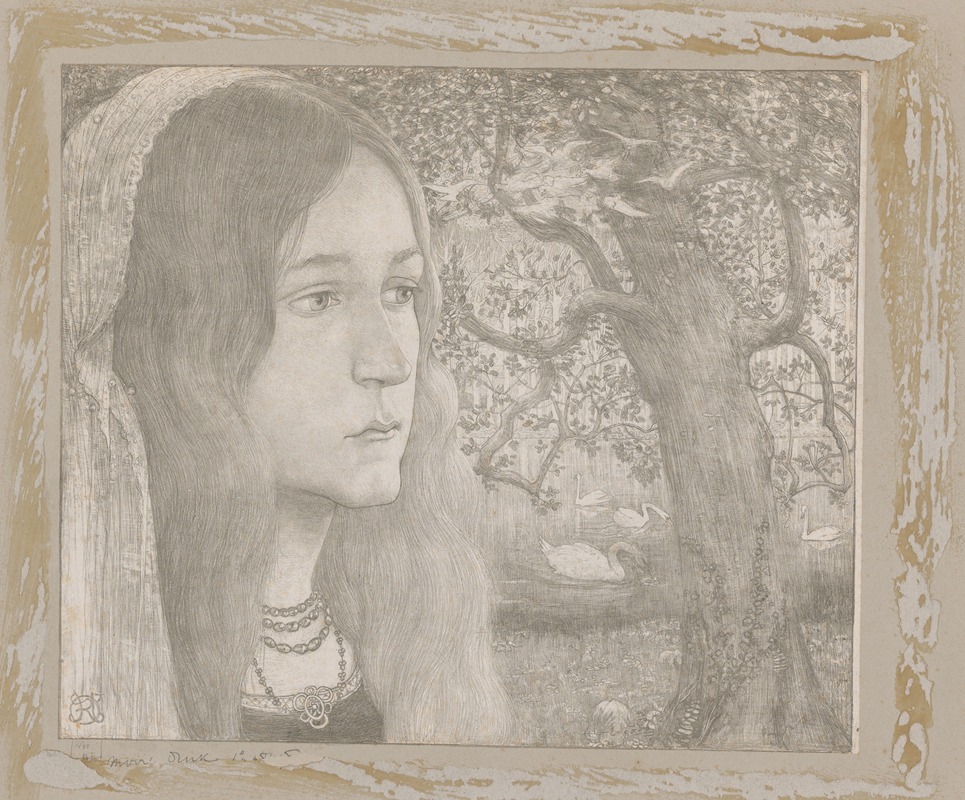
Helga die voor zich uit kijkt
A hand-painted replica of Richard Nicolaüs Roland Holst’s masterpiece Helga die voor zich uit kijkt, meticulously crafted by professional artists to capture the true essence of the original. Each piece is created with museum-quality canvas and rare mineral pigments, carefully painted by experienced artists with delicate brushstrokes and rich, layered colors to perfectly recreate the texture of the original artwork. Unlike machine-printed reproductions, this hand-painted version brings the painting to life, infused with the artist’s emotions and skill in every stroke. Whether for personal collection or home decoration, it instantly elevates the artistic atmosphere of any space.
Richard Nicolaüs Roland Holst was a prominent Dutch artist known for his contributions to the Symbolist movement in the late 19th and early 20th centuries. One of his notable works is "Helga die voor zich uit kijkt" (Helga Looking Ahead), which exemplifies his artistic style and thematic focus.
Richard Roland Holst was born on December 4, 1868, in Amsterdam, Netherlands. He was part of a well-known artistic family and was married to the poet and socialist Henriette Roland Holst. His work was deeply influenced by the social and political changes of his time, and he was known for his involvement in the labor movement and his commitment to socialist ideals. This influence is often reflected in his art, which frequently explores themes of human emotion, social justice, and the human condition.
"Helga die voor zich uit kijkt" is a painting that captures the contemplative gaze of a woman named Helga. The painting is characterized by its use of muted colors and soft lines, which are typical of Roland Holst's style. The subject, Helga, is depicted in a moment of introspection, looking ahead with a serene yet thoughtful expression. This portrayal aligns with the Symbolist movement's focus on conveying deeper emotional and psychological states through art.
The Symbolist movement, which emerged in the late 19th century, sought to express the ineffable and explore the realms of imagination and spirituality. Artists like Roland Holst used symbolism to delve into themes that were often abstract and philosophical. In "Helga die voor zich uit kijkt," the artist employs these techniques to create a work that invites viewers to ponder the inner life and thoughts of the subject.
Roland Holst's work is also noted for its craftsmanship and attention to detail. His training at the Rijksakademie van Beeldende Kunsten in Amsterdam provided him with a strong foundation in traditional techniques, which he skillfully applied to his Symbolist compositions. His ability to blend technical precision with expressive content is evident in "Helga die voor zich uit kijkt."
Throughout his career, Roland Holst was involved in various artistic and literary circles, contributing to the cultural landscape of the Netherlands. He was a member of the artists' society Arti et Amicitiae and played a significant role in the development of Dutch art during his time. His works, including "Helga die voor zich uit kijkt," continue to be appreciated for their artistic merit and their reflection of the social and cultural issues of the era.
In summary, "Helga die voor zich uit kijkt" by Richard Nicolaüs Roland Holst is a significant work that exemplifies the artist's Symbolist style and thematic interests. Through its portrayal of a contemplative figure, the painting invites viewers to engage with the emotional and psychological depth characteristic of Roland Holst's art. His contributions to the Symbolist movement and his influence on Dutch art remain recognized and celebrated today.





